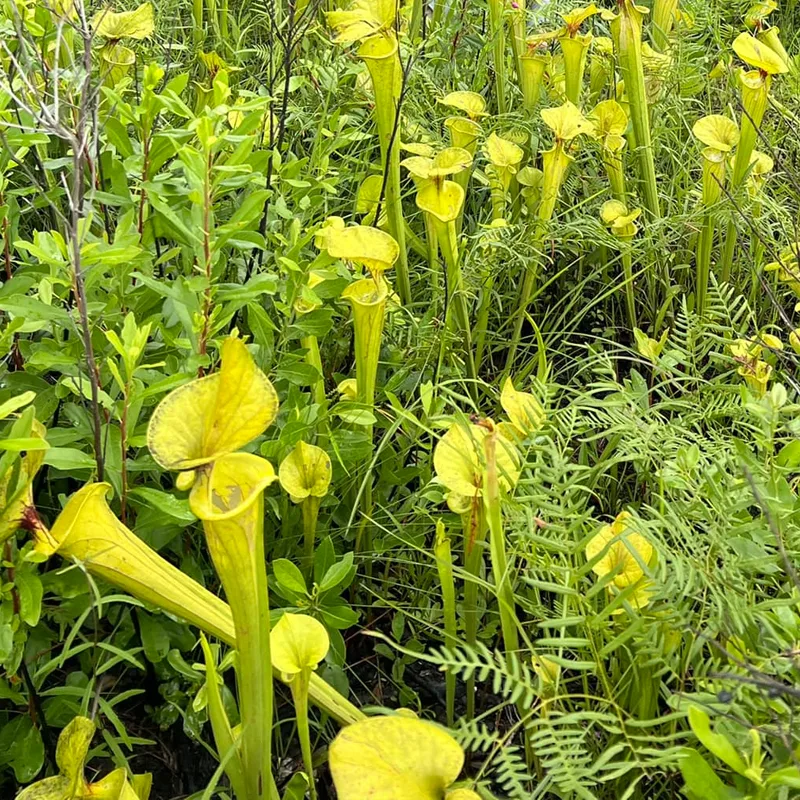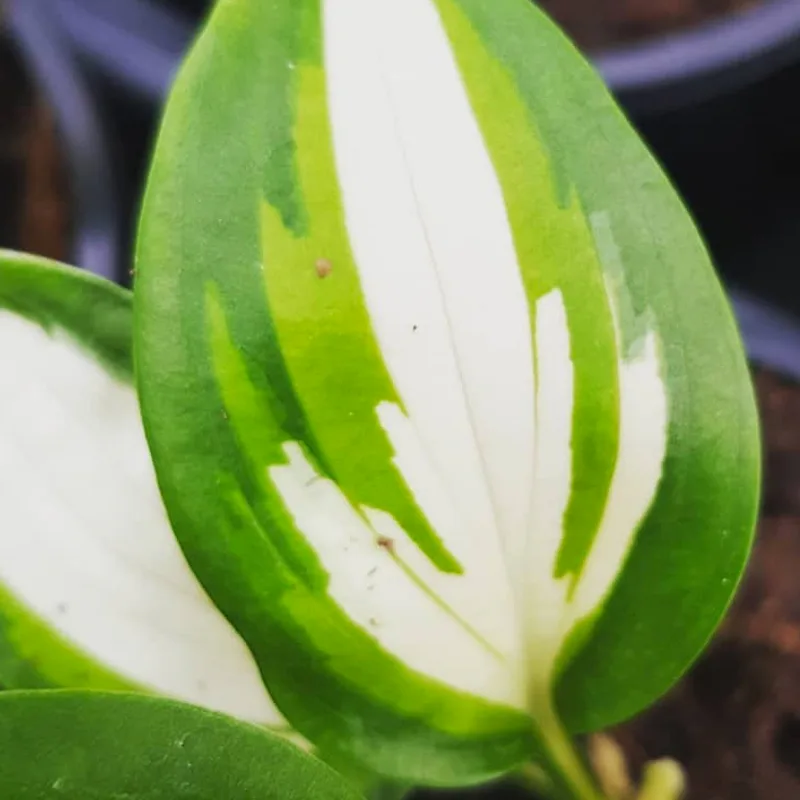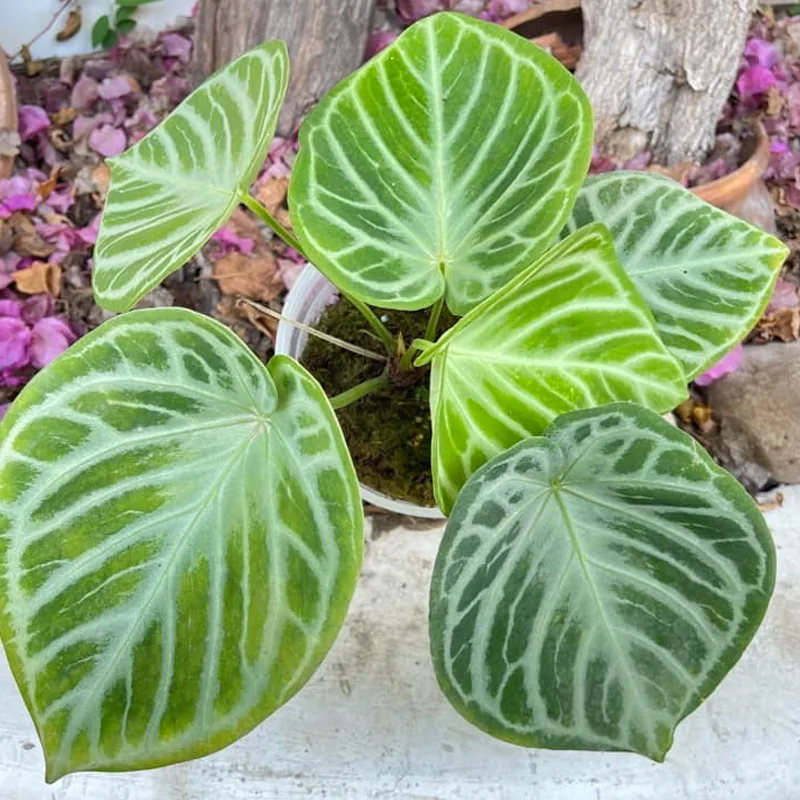
FAQs About Lactuca Canadensis: Your Comprehensive Guide
When I first encountered Lactuca Canadensis, also known as Canada Lettuce, I was intrigued by its resilience and adaptability. This plant, often mistaken for its domestic relatives, can be a bit of a nuisance in the garden. Here’s a detailed FAQ to help you understand more about Lactuca Canadensis and how to manage it effectively.
117 Species in Genus Lactuca
What Is Lactuca Canadensis?
Lactuca Canadensis is a wild lettuce species native to North America. It’s known for its tall, erect growth and jagged leaves, which can resemble those of cultivated lettuce but are typically much more coarse and less tender. This plant is part of the Asteraceae family and is often found in disturbed soils and along roadsides.
How to Kill Lactuca Canadensis but Save Grass?
One of the biggest challenges with Lactuca Canadensis is controlling its spread without damaging nearby grass. Here’s what I’ve found to be effective:
- Manual Removal: The most straightforward method is pulling the plant out by hand. Make sure to remove the entire root system to prevent regrowth. This is particularly useful in small areas where grass can be avoided.
- Mulching: Applying a thick layer of mulch around your grass can suppress Lactuca Canadensis seeds and seedlings. Just be careful not to cover the grass too deeply.
- Selective Herbicides: Use a selective herbicide that targets broadleaf plants while leaving grass unharmed. Be sure to follow the instructions carefully and apply it during the plant’s active growth phase for best results.
How to Care for Lactuca Canadensis?
Lactuca Canadensis is quite low-maintenance once established. It thrives in a variety of soil conditions, from sandy to clayey, and can handle partial to full sun. It’s a hardy plant that doesn’t require much care. However, if you’re growing it in your garden, be aware that it can become invasive if not managed properly.
How to Propagate Lactuca Canadensis?
Propagating Lactuca Canadensis is relatively easy, as it readily self-seeds. Here’s how you can propagate it:
- Seeds: Collect seeds from mature plants in late summer or early fall. Sow them directly into the soil where you want new plants to grow. They don’t need special treatment and can germinate in a variety of conditions.
- Division: Though less common, you can divide established plants in the spring or fall. This method is best for maintaining control over the plant’s spread.
What to Plant with Lactuca Canadensis?
If you’re looking to plant Lactuca Canadensis alongside other species, consider companion plants that can outcompete it. Plants like Goldenrods or native grasses can create a robust ground cover that suppresses Lactuca Canadensis. Avoid planting delicate or slow-growing species that might be overrun.
Can You Grow Lactuca Canadensis Indoors?
Lactuca Canadensis is primarily an outdoor plant. It requires plenty of sunlight and space to grow, which makes it unsuitable for indoor cultivation. Its size and growth habit are more suited to garden beds and wild areas.
Is Lactuca Canadensis Toxic?
Lactuca Canadensis is not known to be highly toxic. However, like many wild plants, it contains lactucarium, a milky fluid that can cause mild stomach upset if ingested in large quantities. It’s always best to handle wild plants with care and avoid consumption unless you’re sure of their safety.
Benefits of Lactuca Canadensis
While it’s often seen as a weed, Lactuca Canadensis has its benefits:
- Wildlife Habitat: It provides food and shelter for various insects and birds.
- Soil Health: Its deep roots can help break up compacted soil and add organic matter.
- Edibility: The leaves are edible and can be used in salads or cooked, though they are less palatable than cultivated varieties.
Common Problems with Lactuca Canadensis
One common issue is its invasiveness. Lactuca Canadensis can spread rapidly and outcompete other plants. Regular monitoring and early intervention are crucial to manage its growth. Another problem is its tendency to attract pests, including aphids and caterpillars.
Compare Lactuca Canadensis with Other Lettuce Varieties
Lactuca Canadensis is often confused with its cultivated relatives like Lettuce (Lactuca sativa) and other wild lettuce species. Here’s a quick comparison:
- Lactuca sativa: The common garden lettuce, which is generally more tender and less invasive compared to Lactuca Canadensis.
- Lactuca serriola: Also known as wild lettuce, this species is similar but usually has spiny leaves and a more aggressive growth habit.
Understanding these differences can help you better manage Lactuca Canadensis in your garden and prevent it from becoming a problem.
If i die, water my plants!



